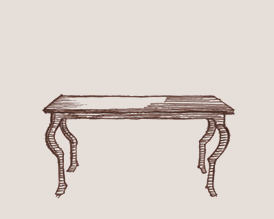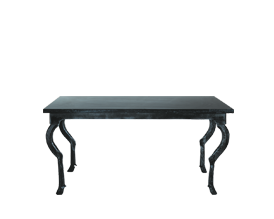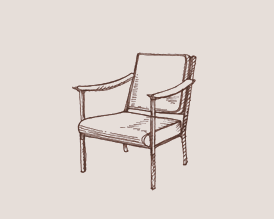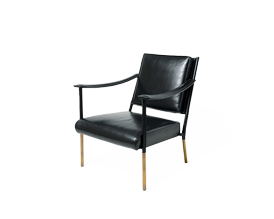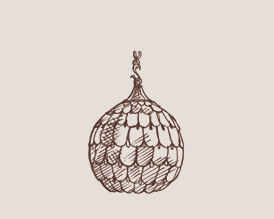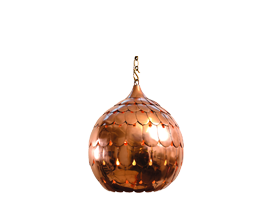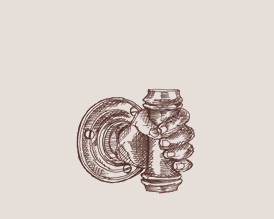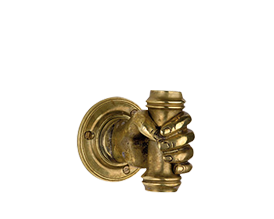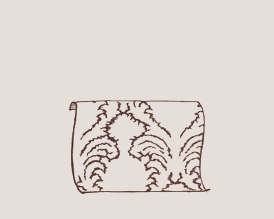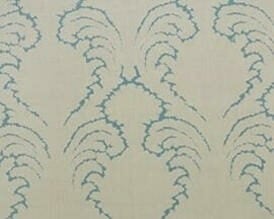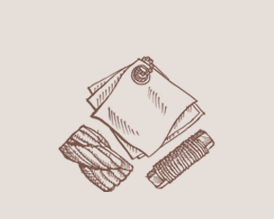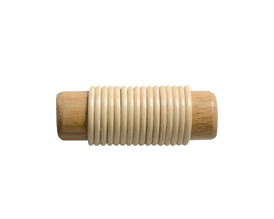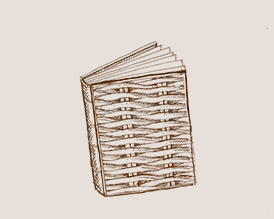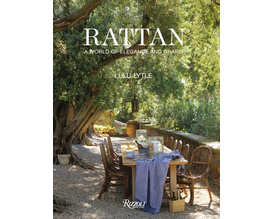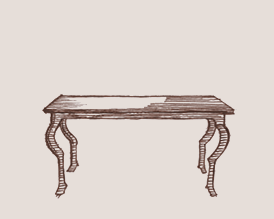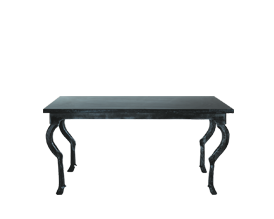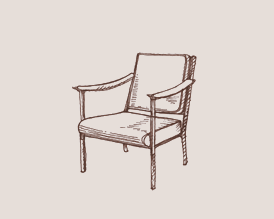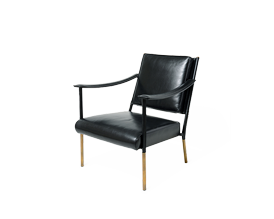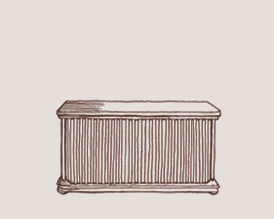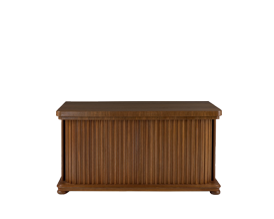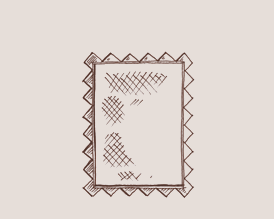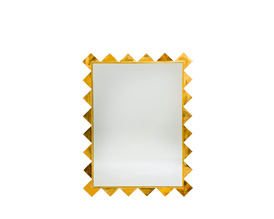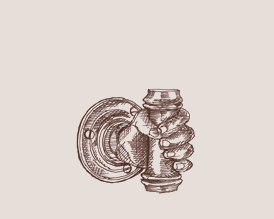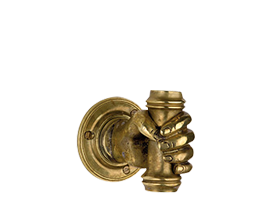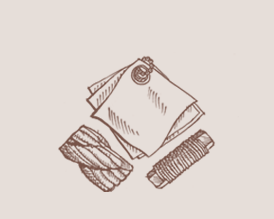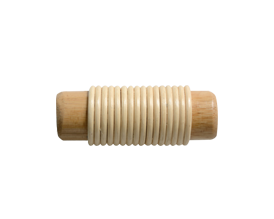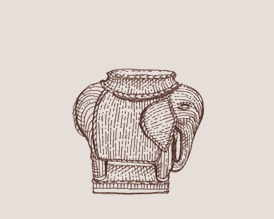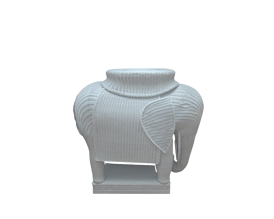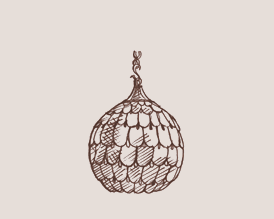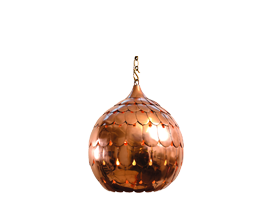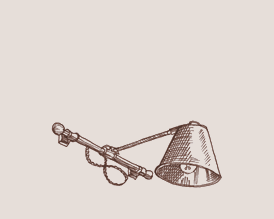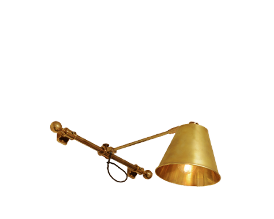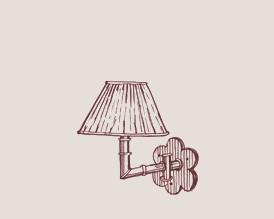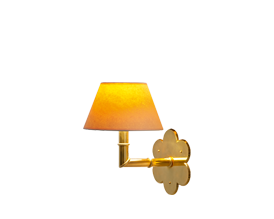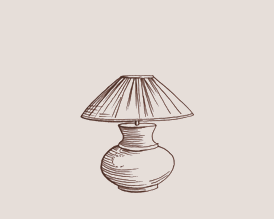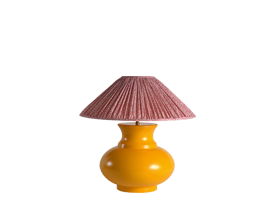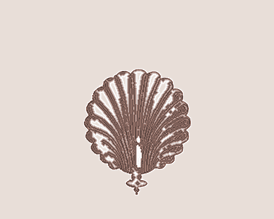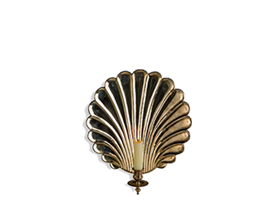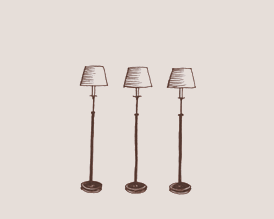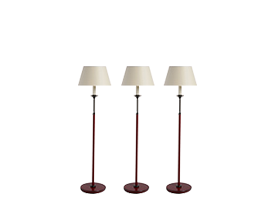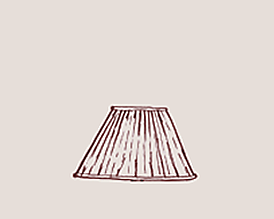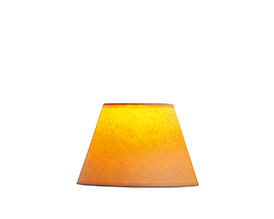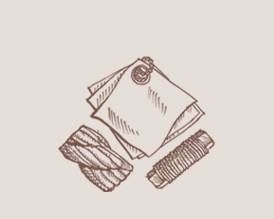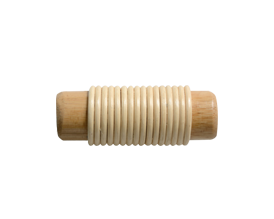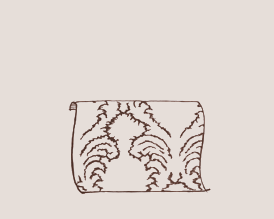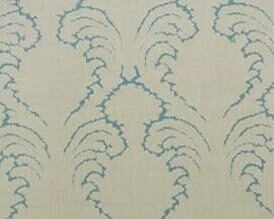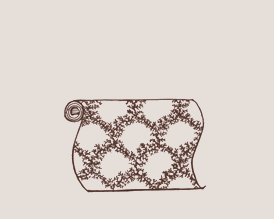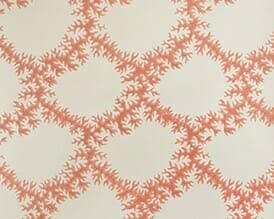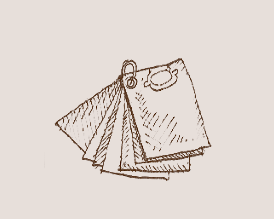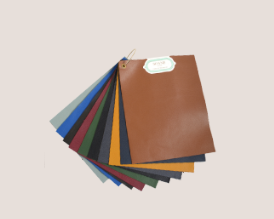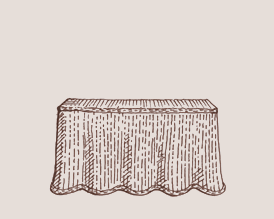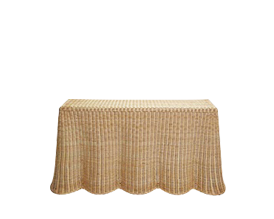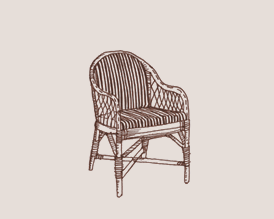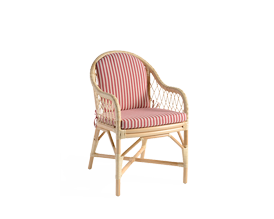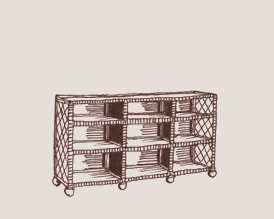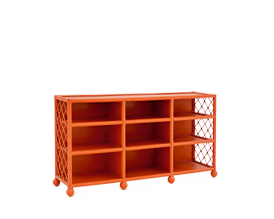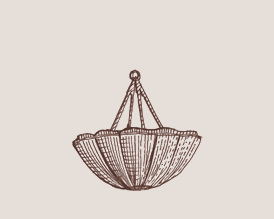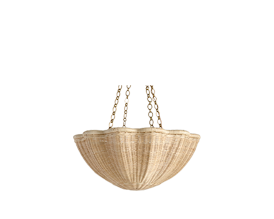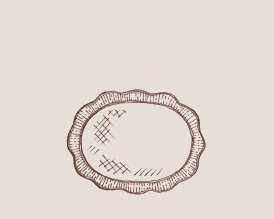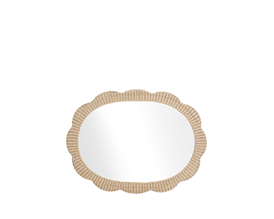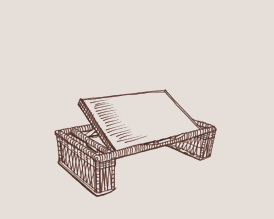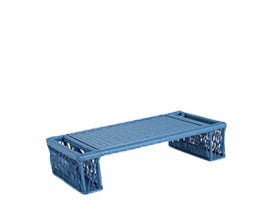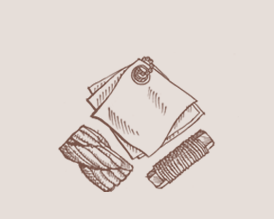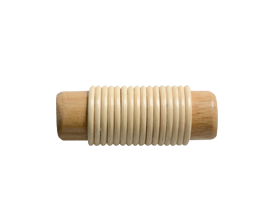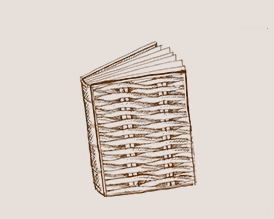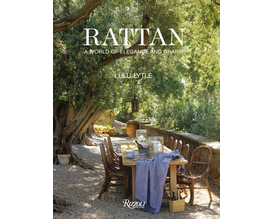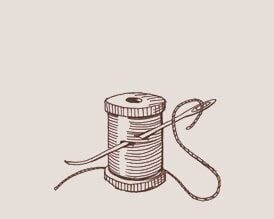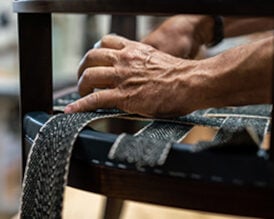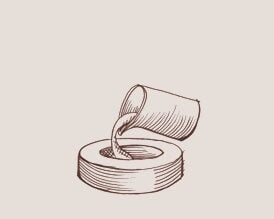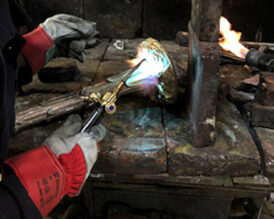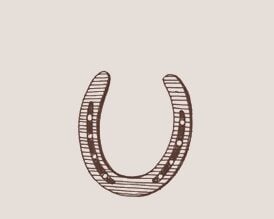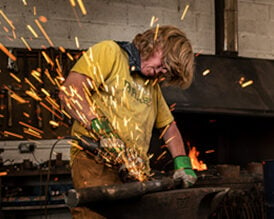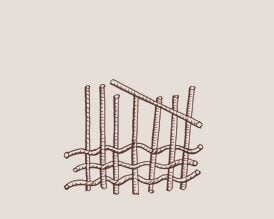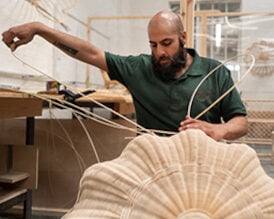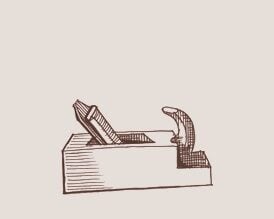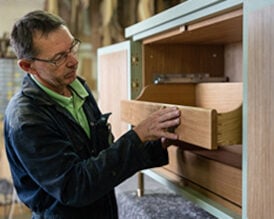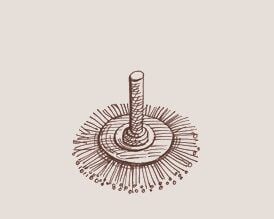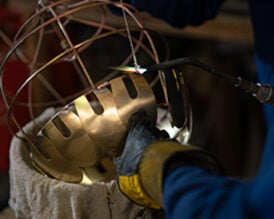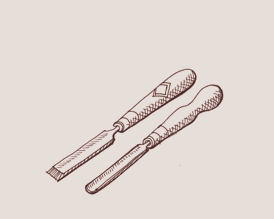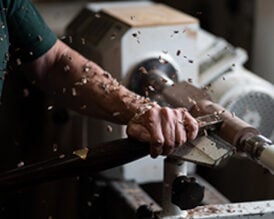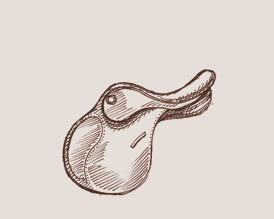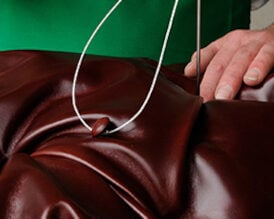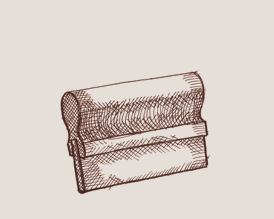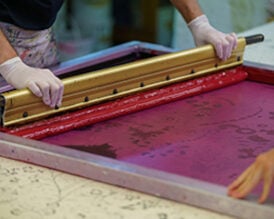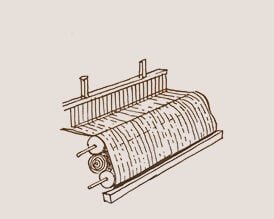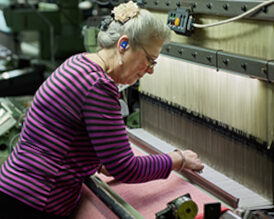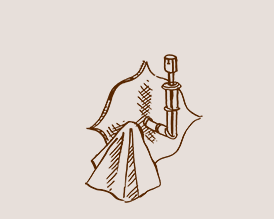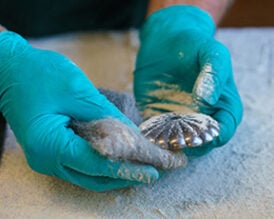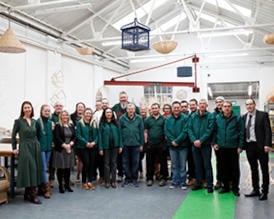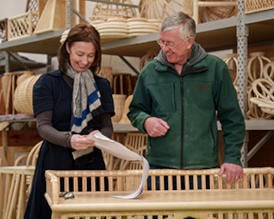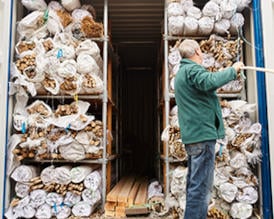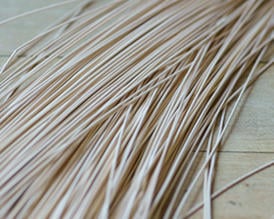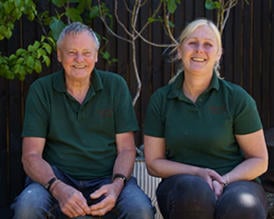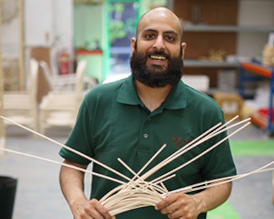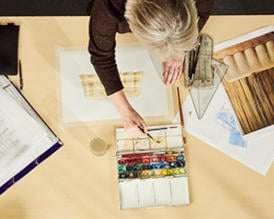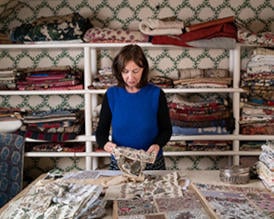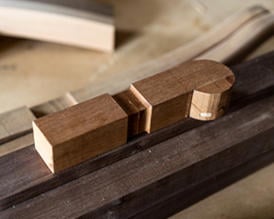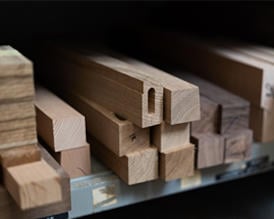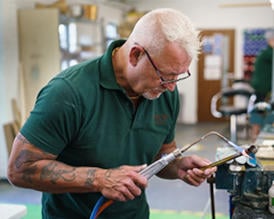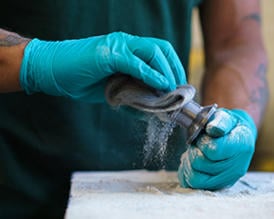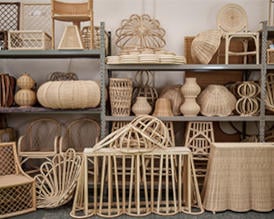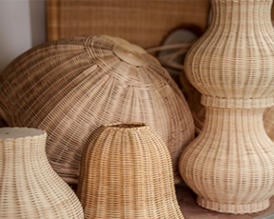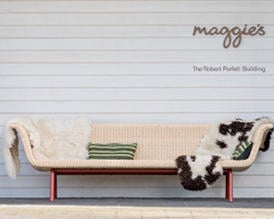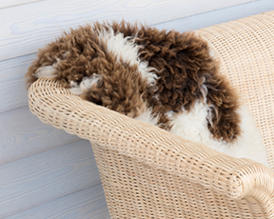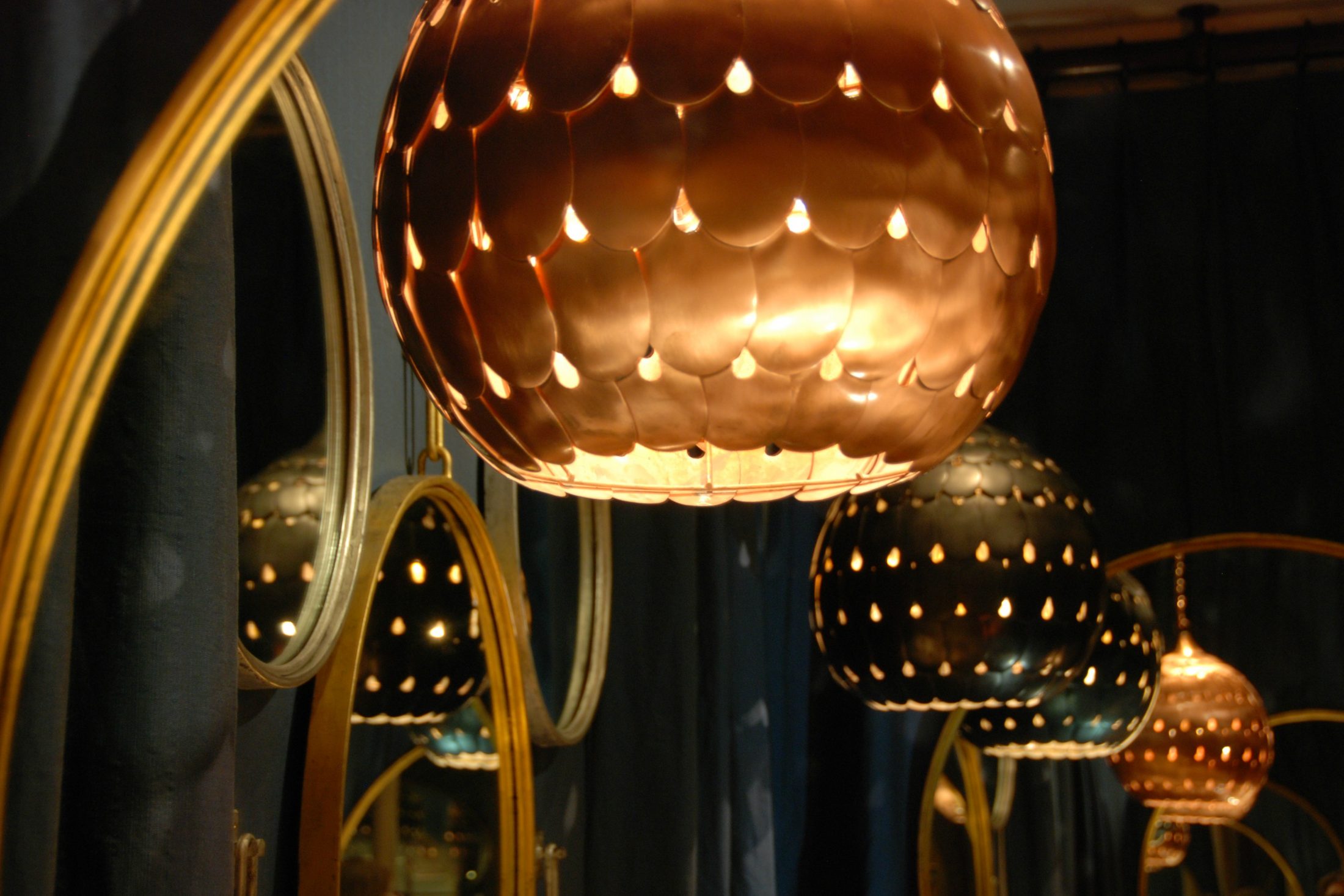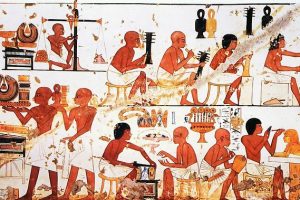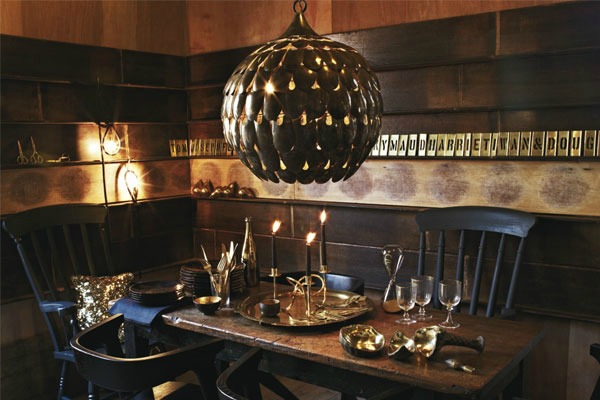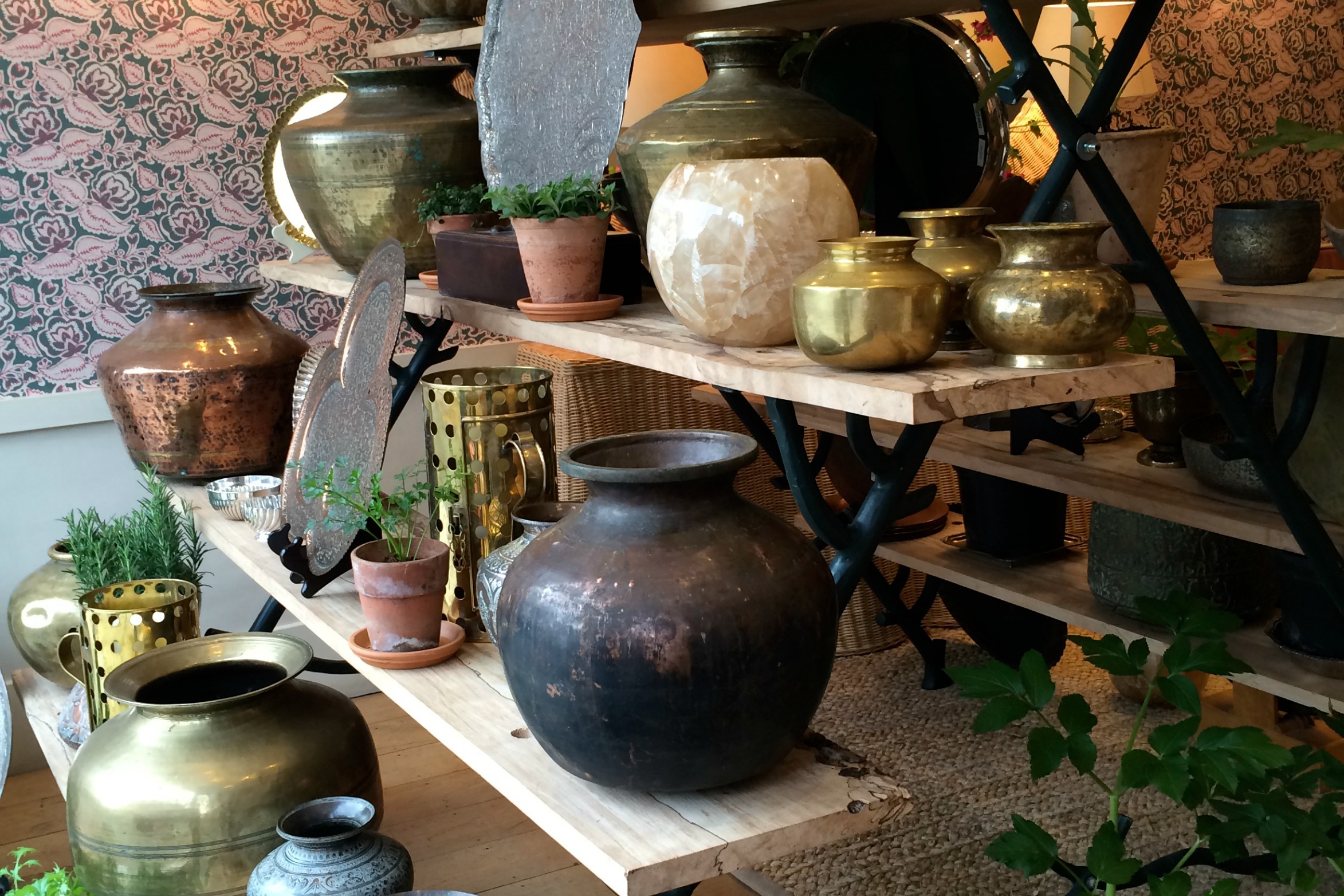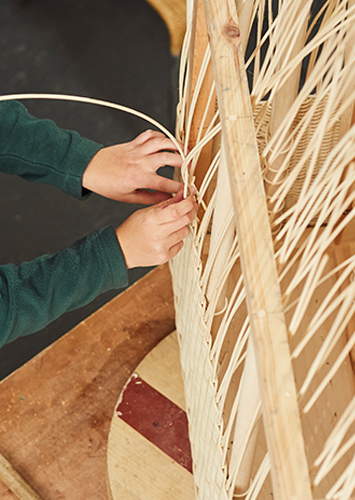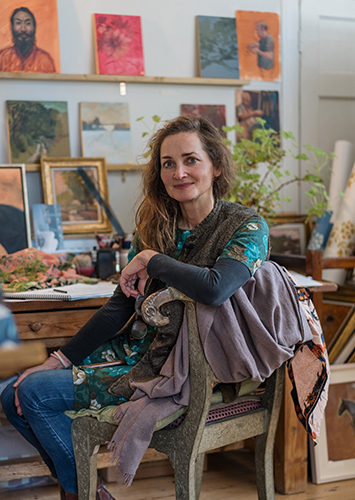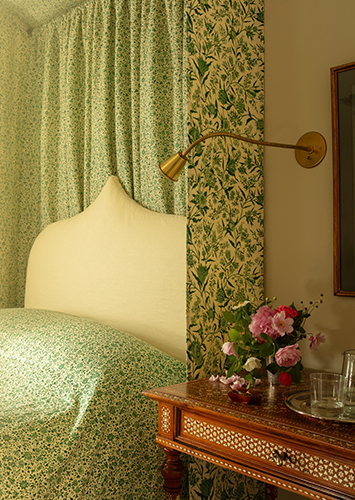Metals shine brightly in Soane Britain’s collections. There are forged tables and desks, pressed metal mirrors, cast lamps, precision engineered trolleys, leather wrapped metal furniture and myriad metallic details, such as nailhead patterns on upholstered seating. Lulu loves the atmosphere and depth metallics add to a room, their reflective qualities creating what she describes as, ‘an enlivening glow’. The choice of metal, its tone and surface finish, has a transformative effect on the look of a design and its reflective effects. Soane offers clients a wide variety of options and there are currently up to 15 in-house Metal Finishes, 5 Forged Finishes and 6 Nailhead Finishes with which to customise Soane’s standard designs.
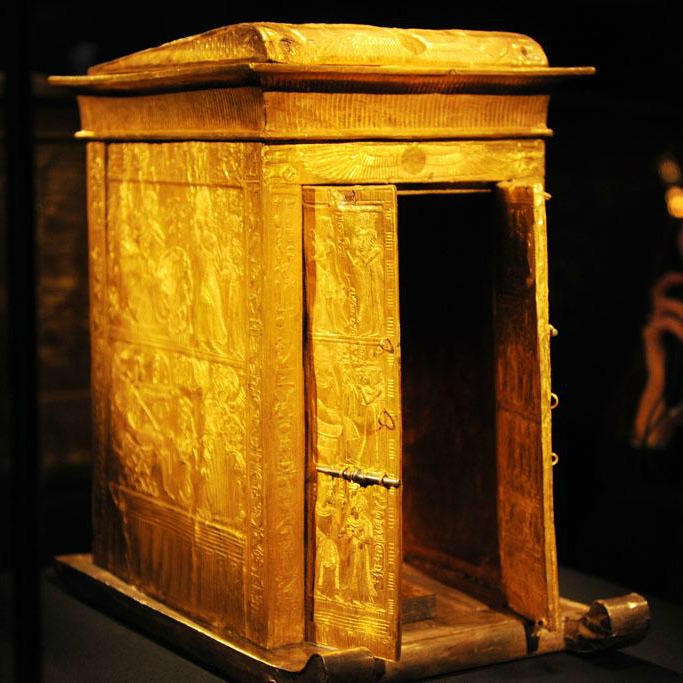
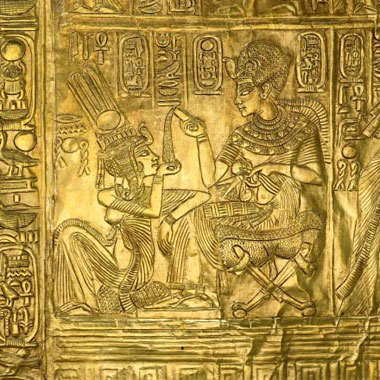
Lulu’s fascination with metalwork leads back to her early interests in Ancient Egypt. As a young child she was captivated by the startlingly opulent treasures found in Tutankhamun’s tomb, but equally intrigued by excavated everyday metal wares that revealed the lifestyles of the ancient Egyptians. University studies in Egyptology allowed Lulu to further explore the arts, crafts and architecture of Ancient Egypt and the influence is evident in her design work today (see also our previous Journal post, Flower Motifs).
As far back as 5,000 years ago, Ancient Egyptians were mining, refining and working metals. Egypt benefited from an abundance of native metals and imported further supplies from neighbouring lands. Initially the Egyptians worked with copper, casting molten metal and hand beating it to create small tools and weapons. A transition to stronger bronze followed and other metals such as silver and electrum (a gold-silver alloy) were used, not only to make artefacts, but also in architecture. Thinly hammered metal plate was used to adorn the doors, floors and columns of opulent temples and applied externally to monuments such as obelisks and pyramids (the golden capstones, pyramidia). The Egyptians had a great appreciation for the wonderful ‘glow’ of metals, as conveyed in this ancient inscription,
‘a palace of the god, wrought with gold and silver; it illuminated the faces (of people) with its brightness‘, Inscription of Thuity, James Henry Breasted, Ancient Records of Egypt, Part Two
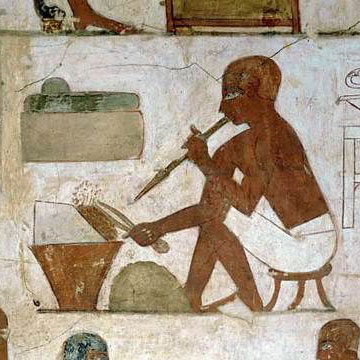
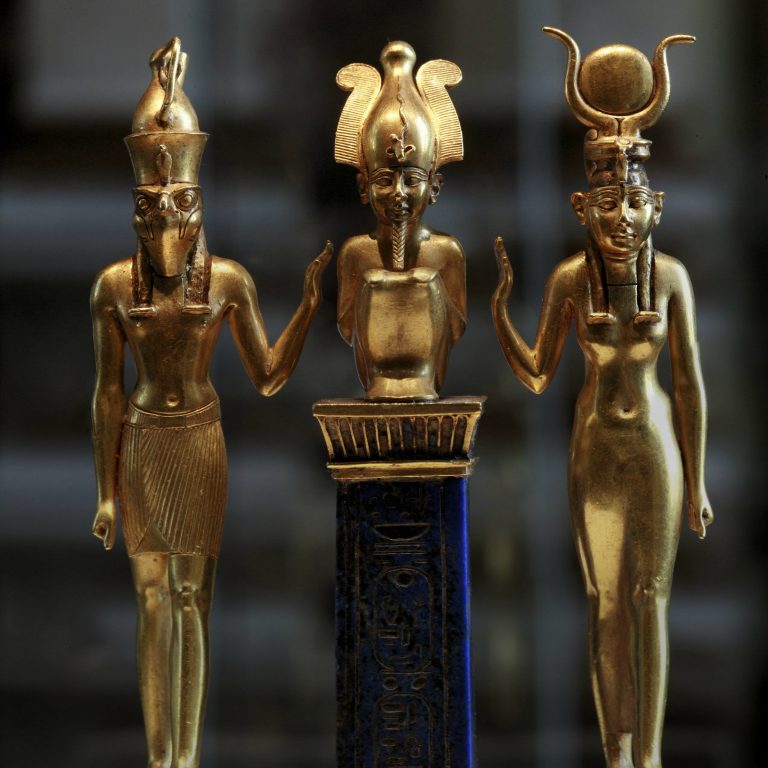
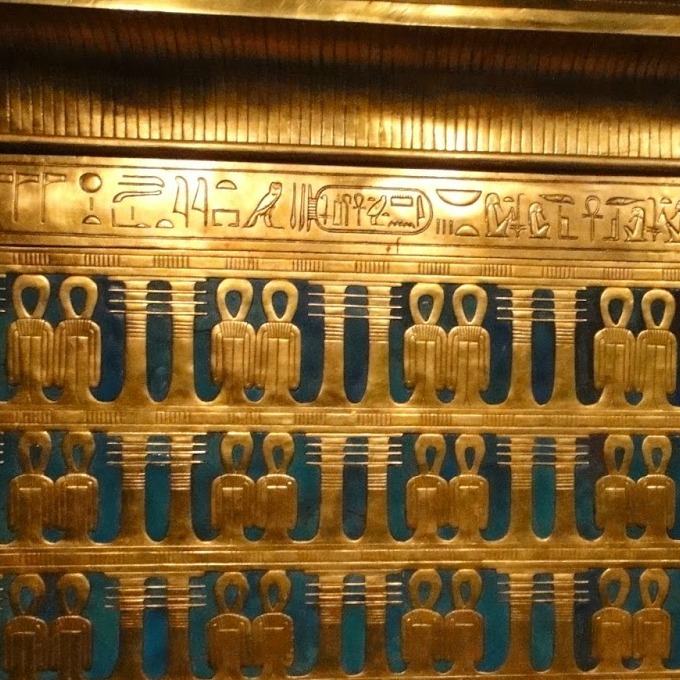
The Ancient Egyptians’ use of gold in particular has enthralled modern man. From the beginning of the Pharaonic age, Egyptian goldsmiths were creating exquisite jewellery, ornamental weapons and tomb artefacts for royalty and nobility. Gold had spiritual associations: the gods were believed to have skin of gold and the metal’s characteristics of not tarnishing or corroding over time were associated with eternity. Howard Carter’s discovery of Tutankhamun’s tomb in 1922 revealed the magnificence of the goldsmiths’ work – over 3,000 funerary objects, many made of pure gold, surrounded the king’s sarcophagus.
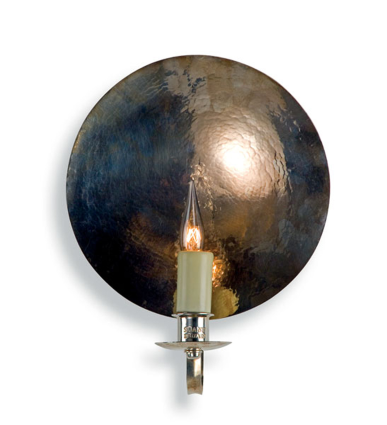
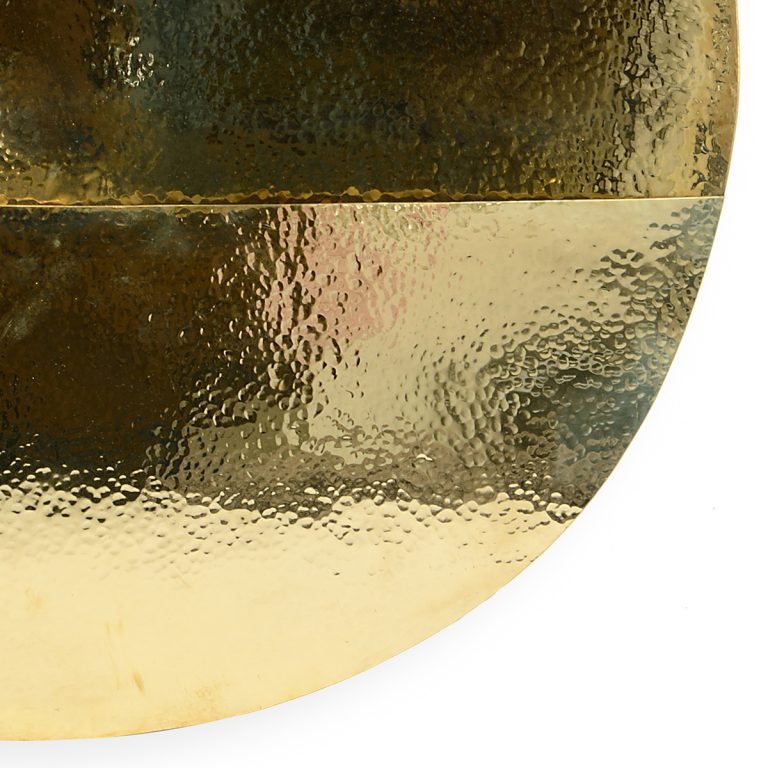
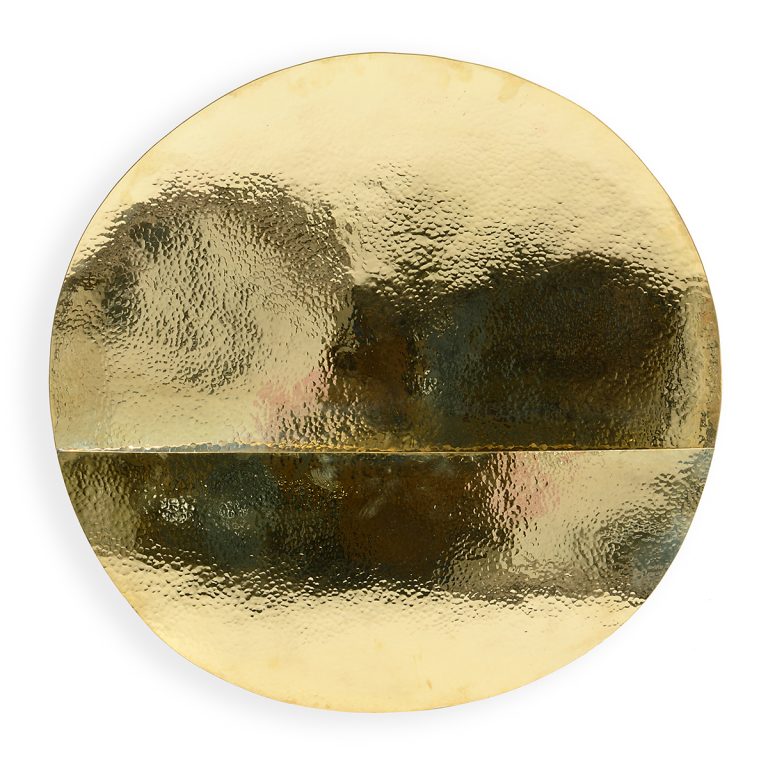
Techniques developed by these ancient craftsmen are still in use today, and include the beating of gold into fine leaves, mixing of metals to create alloys and lost wax casting of intricate statues. Some of these methods are used by British craftsmen to create Soane Britain’s designs, most notably in the lighting collection. The Palm Lamps, The Lotus Lamps and The Pineapple Table Lamp are created with superb, naturalistic detail using the lost wax casting technique, while The Aten Light and The Helios Lightcollections are meticulously handbeaten by Sheffield silversmiths.
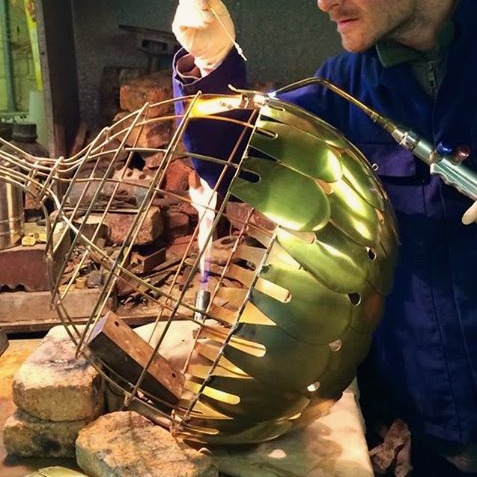
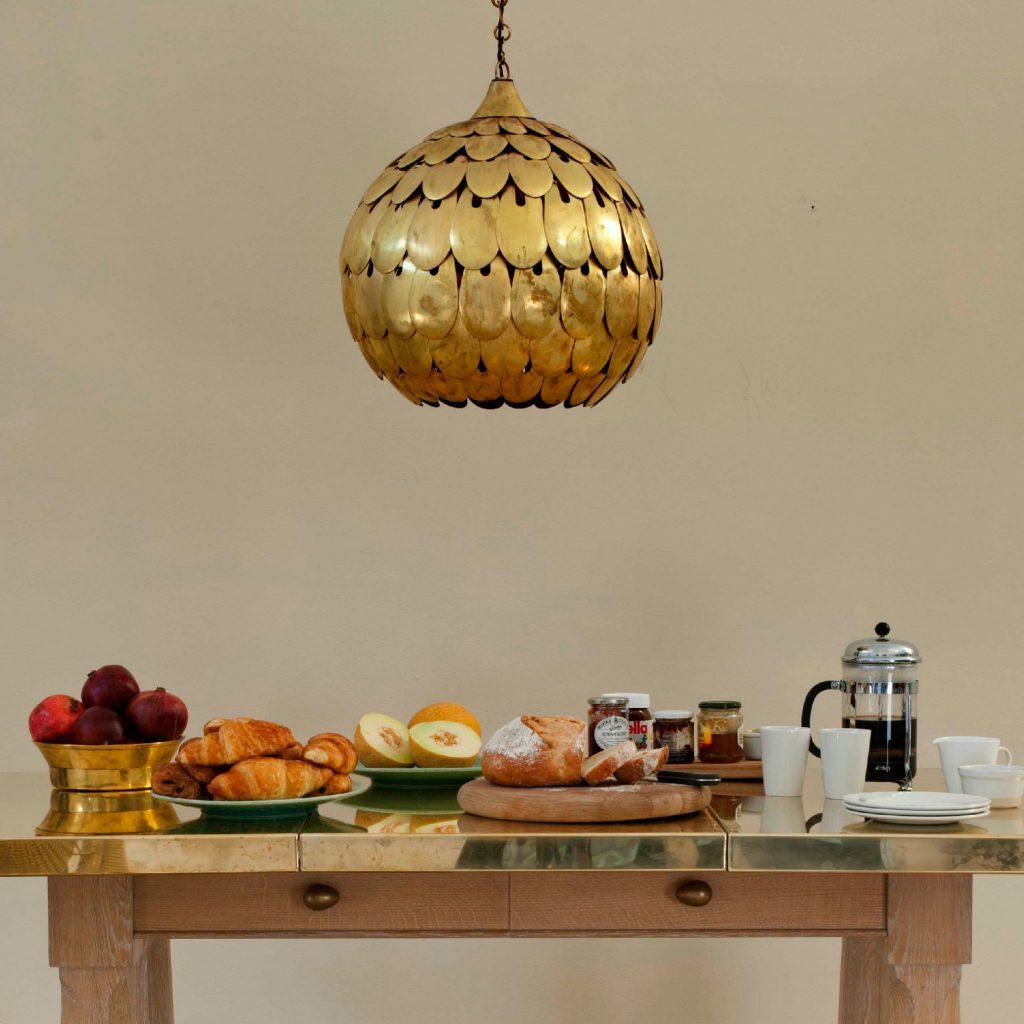
Challenged to pick out a favourite Soane light that is made using ancient metalworking techniques and which can be relied upon to provide that wonderful ‘enlivening glow’, Lulu chooses The Owl Lantern. Its sheet brass ‘feathers’ are individually cut and handbeaten by skilled silvermiths into curved shapes, the resulting finish producing beautifully soft reflections. Each feather is welded to an inner brass frame, leaving teardrop openings for light to emit from its radiant core. The finished lantern is magnificently sculptural without being ostentatious, its traditional making and hand crafted characteristics giving it a distinctive and most endearing quality.
For more metallic inspiration, we invite you to visit our Pimlico Road showroom where, until 24thDecember, we are hosting an exhibition and sale of over 100 Antique Metalwares – handcrafted pieces from the Middle East and India along with exquisite trays, bowls, dishes and lotas – collected over many years by the distinguished dealer and decorator Peter Twining.
Top gallery images: Owl Lanterns and Circular Hand Beaten Mirrors in the Soane Britain showroom window; Ancient Egyptian painting of craftsmen at work; The Owl Lantern by Soane Britain; Peter Twining’s antique metalwares exhibited at the Soane Britain showroom.

